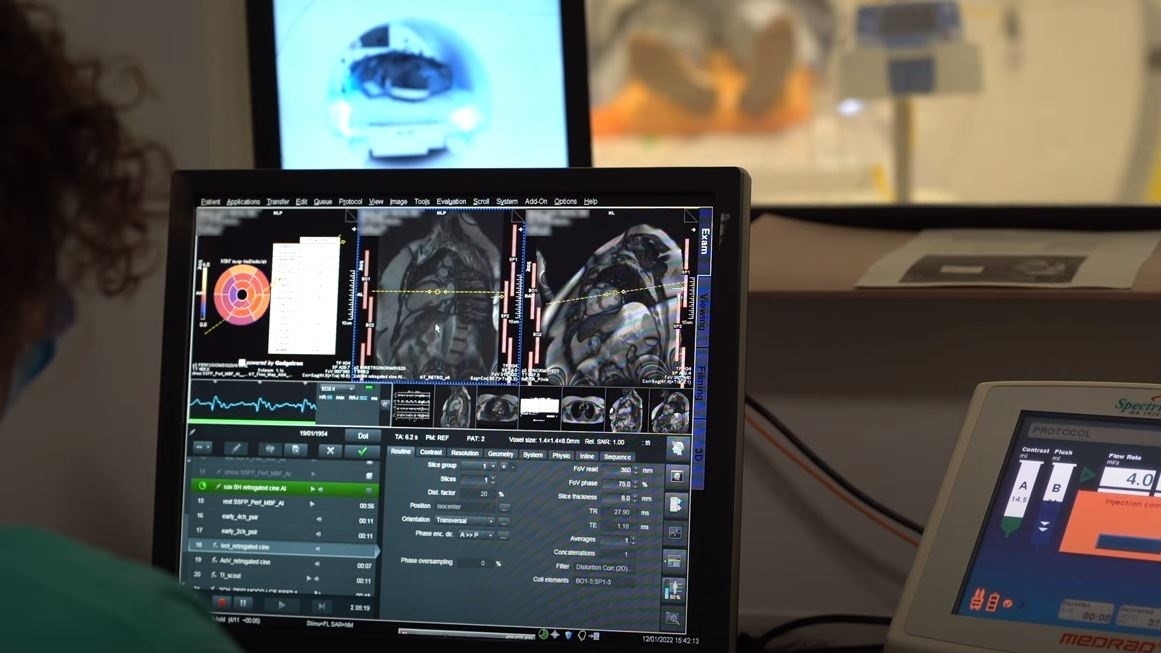The advent of technology has revolutionized many aspects of our lives, and healthcare is no exception. One of the most promising advances in this field is the integration of artificial intelligence (AI) and machine learning (ML), particularly in the diagnosis and management of heart disease. The transition to AI-based healthcare solutions is expected to improve the accuracy, efficiency, and accuracy of heart disease diagnosis, and is expected to be a major leap forward in both early detection and treatment management of heart disease.
Early detection of congenital heart disease using AI
Artificial intelligence holds great promise for the early detection of congenital heart disease in newborns, and is having a major impact on pediatric medical care. A review of data published between 2015 and 2023 shows that AI has improved the accuracy and efficiency of congenital heart disease diagnosis. This technique demonstrated high sensitivity and specificity and showed potential for widespread application in neonatal care. However, like any technological advancement, AI also has certain challenges that need to be addressed for successful implementation.
Automatic diagnosis of heart disease using AI
Further strengthening the potential of AI, a study investigated the feasibility of automated diagnosis of congenital heart disease (CHD) and CHD-associated pulmonary arterial hypertension (PAH) using AI technology. This study utilized an AI model trained on chest radiographs to distinguish between CHD and PAH CHD. The results were impressive, with the AI model achieving an average area under the receiver operating characteristic curve (AUC) of 0.948 for CHD diagnosis and 0.778 for identifying PAH CHD. Additionally, this study found that diagnostic accuracy significantly improved when radiologists were given AI-based classification.
The role of natural language processing in heart failure diagnosis
Natural language processing (NLP), a subfield of AI, has shown potential to improve the detection and diagnosis of heart failure with preserved ejection fraction (HFpEF). A retrospective cohort study used an NLP pipeline applied to electronic health records (EHRs) to identify patients who were clinically diagnosed with HF from 2010 to 2022. This study found that undiagnosed patients with HFpEF were an at-risk group with high mortality. This highlights the importance of early detection and diagnosis, which NLP can facilitate by identifying patients with possible HFpEF from his EHR data. These patients could greatly benefit from expert clinical review and the use of diagnostic algorithms.
The future of heart disease diagnosis
Considering the promising results of AI in heart disease detection and diagnosis, it is clear that this technology will play a key role in the future of healthcare. AI’s ability to increase diagnostic accuracy and efficiency could lead to more accurate treatment recommendations and potentially more lives saved. However, it is important to address the challenges that come with AI, such as ethical considerations, data security, and regulatory needs. With strategic planning and careful implementation, AI can undoubtedly revolutionize the future of heart disease diagnostics and contribute to a healthier world.
